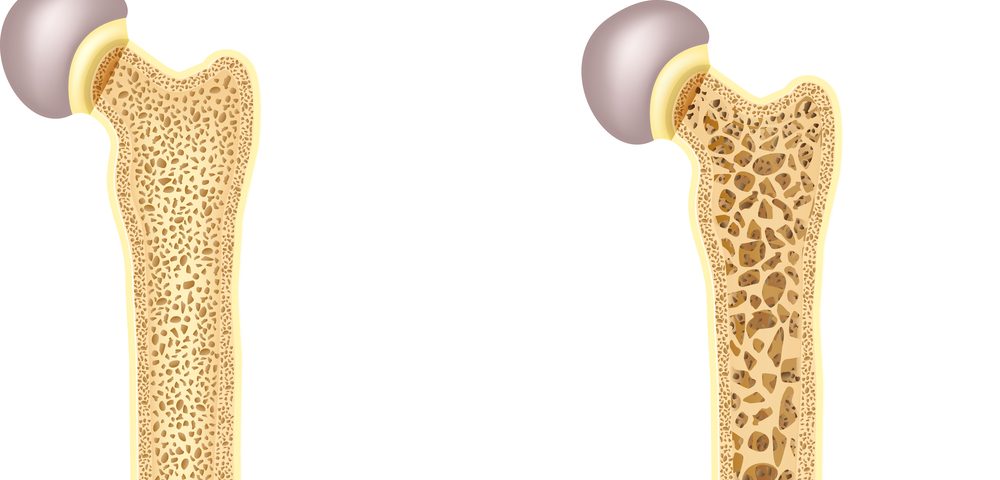Treatment with raloxifene can prevent the loss of bone mineral density, and osteoporosis, in women with severe endometriosis who are taking estrogen receptor agonists, according to a new study.
The study, “Raloxifene Administration In Women Treated With Long Term Gonadotropin-Releasing Hormone Agonist For Severe Endometriosis: Effects On Bone Mineral Density,” was recently published in the Journal of Menopausal Medicine.
Long-term treatment with a gonadotropin-releasing hormone agonist (GnRH-a, a molecule that binds to estrogen receptors) reduces the symptoms of endometriosis in many patients. But the prolonged use necessary is also associated with several side effects, especially a quick drop in bone mineral density that can increase the risk of osteoporosis. For this reason, treatment with GnRH-a is generally restricted to six months only.
Raloxifene belongs to a group of compounds called selective estrogen receptor modulators that work to mimic the effects of the hormone to increase bone density or thickness. But few studies have investigated whether raloxifene can improve the selective action of GnRH-a agents and prevent bone loss associated with this therapy.
Researchers followed 22 premenopausal women (ages 25 to 51) with severe endometriosis. All patients received GnRH-a treatment with leuprolide acetate depot (LAD) at a dose of 3.75 mg/month, plus raloxifene hydrochloride at 60 mg/day, its standard dose for osteoporosis treatment or prevention, for 48 weeks.
Bone mineral density of the lumbar spine, trochanter (which connects the femur to the hip), and femoral neck, and of the Ward’s triangle, was evaluated at the study start and after 12 treatment cycles.
After treatment, density was different in the lumbar spine, trochanter, femoral neck and Ward from before the study. At one year out, a drop in bone mineral density was seen in the lumbar spine and trochanter, but the decrease was not significant, the researchers said, showing that raloxifene had worked to prevent bone mineral density loss.
According to the final results, raloxifene was well tolerated by the patients and no serious adverse experience was reported during the study.
“Our study shows that the administration of GnRH-a plus raloxifene in pre-menopausal women with severe endometriosis would be effective to prevent bone loss for long-term treatment,” the researchers concluded. “It is possible that raloxifene could be used as an ‘add-back therapy’ in women treated with GnRH-a.”

